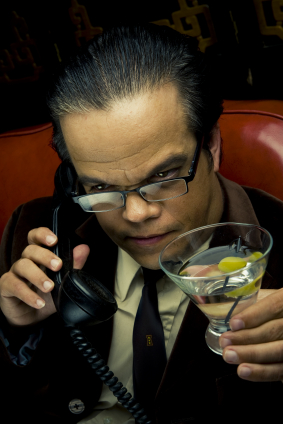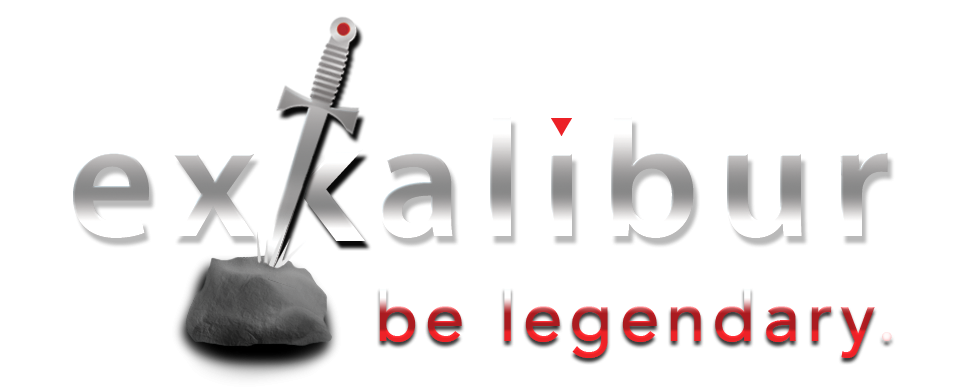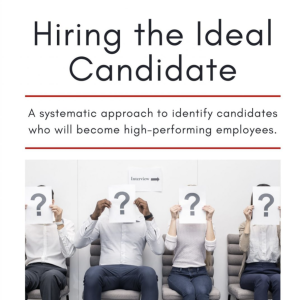“When a fellow says it hain’t the money but the principle o’ the thing, it’s th’ money.” — Frank McKinney
 ‘Always ask why. Dig deeper. Get the facts.’ Avoid the crowd mentality
‘Always ask why. Dig deeper. Get the facts.’ Avoid the crowd mentality
“Ask Why” was their motto.
“Wheel Out,” “Fat Boy” “Death Star” and “Get Shorty” were some of the nicknames applied to their strategies.
Confirmation letters of successful trades were addressed to names like “Mr. M. Yass and “Mr. M. Smart” … and I think you can parse the underlying contempt.
“Rank & Yank” described their people performance system, “Pump and Dump” their trading strategy.
About $70 billion of market value was destroyed, more than 20,000 employees lost their jobs and pension funds worth $3.2 billion were destroyed, more than two thirds of which belonged to retirees with little chance to rebuild.
I had always intended to watch “The Smartest Guys in the Room,” the 2005 movie based on a book by the same name from co-authors Peter Elking and Bethany McLean, but it got lost in the shuffle until last week.
It chronicles the Enron cataclysm, whose meteoric ascent was violently terminated with its bankruptcy on Dec. 3, 2001.
“Be like Enron” is still an ignominious curse
It’s hard to believe this happened almost 10 years ago since to be “like Enron” still reverberates as an ignominious curse. It’s really more like a viral infection, though, because so many of the forces that drove its destruction have cleaved similar fissures in scandals from the Ponzi schemes of Bernie Madoff to the financial meltdown that brought our economy to its knees in 2008.
We won’t recount the history of Enron’s demise except as it relates to the flaws that still besmirch corners of our financial system.
In summary, Enron took 16 years to grow from $10 billion to $65 billion in assets and only 24 days to become what was then the largest bankruptcy in American history.
It rose to a $70 billion valuation before its stock tanked at 40¢ a share. California lost $30 billion playing in its energy casino, and Gov. Schwarzenegger rode into office as a result.
Enron is instructive on so many levels that it’s too much for one column.
The lessons are both fundamental and monumental, and like most scandals, born of the character flaws and human failings that have been chronicled from Homer to Shakespeare. Businesses remain susceptible to some of these insidious “Smartest Guy” forces, so heed these warning signs to keep these varmints from burrowing into your organization.
Due diligence may be boring … but skip it at your peril
In What’s the Difference between a Lightning Bolt and a Bright Idea, we explored the bedrock value of doing your due diligence. It’s pretty clear from the Enron debacle that banks and regulators, as well as law and accounting firms … and analysts and journalists … were sucking on the Enron popsicles and ended up as facilitators instead of independent parties.
Fortune magazine listed Enron for six years running as one of the Most Admired companies in the country.
According to the authors, Enron was spending $1 million/week with Arthur Andersen, and nearly as much with their law firm, extraordinary largesse that frequently spawns conflicts of interest. In Watchdogs … Or Lapdogs, I referred to the unusual arrangement that allows companies to hire their own “independent auditors.” It’s not much different for the security ratings agencies, either, which became apparent in the Wall Street meltdown I described in Is Anyone Really Independent. Were these organizations, as the movie described them, what Lenin meant by the term “useful idiots”?
In short? Always ask why. Dig deeper. Get the facts. Do your due diligence with even greater fervor when you’re offered the last seat on the bandwagon.
Get a full set of financial statements EVERY TIME
I’m constantly reminding clients to make sure they get a full set of financial statements every month, including an income, balance sheet and cash flow statement. Without all of them, the information presented is misleading and open to errors of omission as well as commission. More importantly, you can’t understand cash flow, the lifeblood of business, without all of them.
For inexplicable reasons, Enron was the only financial institution that only published an income statement. They didn’t provide a balance sheet or cash flow statement … to shareholders or analysts … and got away with it until the end.
Need I say more?
There’s no room for extreme personalities
Mr. Skilling was known as someone who liked “men on bikes” and burnished the company’s affection for extreme personalities. The trading desks, in particular, favored these leadership styles and as they began to dominate the company’s business, their extreme personalities convulsed into brilliant gamblers run amuck.
One of the division presidents was infamous for his love of “money and strippers.” He later left the company, sold his stock before the fall for over $250 million to settle his divorce … and then ran away with his stripper girlfriend who was carrying his child.
His division showed losses in excess of $1 billion.
Extreme personalities rarely excel in an organization whose leadership style emphasizes a collaborative environment. If you’ve got any, make sure you’re enforcing adequate safeguards … or better yet, get rid of them.
Hubris is the root of most evil
Hubris is defined as excessive arrogance, and has a nefarious classical history.
It was considered a crime in classical Athens and thought to be the greatest crime of the ancient Greek world. According to Wikipedia, the ancient Greek Word, Atë, describes the action leading to the protagonist’s downfall as “ruin, folly or delusion”, a matched set that nicely covers the misconduct of many Enron executives.
When hubris is inflamed by greed, any spark can start a conflagration. Enron may be a distant memory … until we think Madoff, Lehman Brothers, AIG … and then these inglorious strains of humanity are resurrected like characters in a Shakespeare tragedy.
In many ways, it comes down to the simplest of propositions. If it’s too good to be true, it probably is.
•••
Lary Kirchenbauer is the president of Exkalibur Advisors, providing practical business strategies for family and other privately owned businesses in the middle market. Exkalibur works closely with senior executives and their businesses in the wine and other industries, and hosts the Exkalibur Leadership Forum for leaders of middle market companies in the North Bay. Please visit Exkalibur.com for a library of valuable reso
urces, articles and insights or connect on Twitter, LinkedIN or the Exkalibur fan page on Facebook.
**********************************************************************************
The North Bay Business Journal, a publication of the New York Times, is a weekly business newspaper which I have served as a regular columnist for over three years. The Business Journal covers the North Bay area of San Francisco – from the Golden Gate bridge north, including the Wine Country of Sonoma and Napa counties.
**********************************************************************************
Article published as Vol. 82 on February 14, 2011: The electronic version of this article, as published by the North Bay Business Journal, may be found here. ******************************
Any related materials or articles referenced in the published column, or otherwise applicable, are referenced in this digital version of the article.




